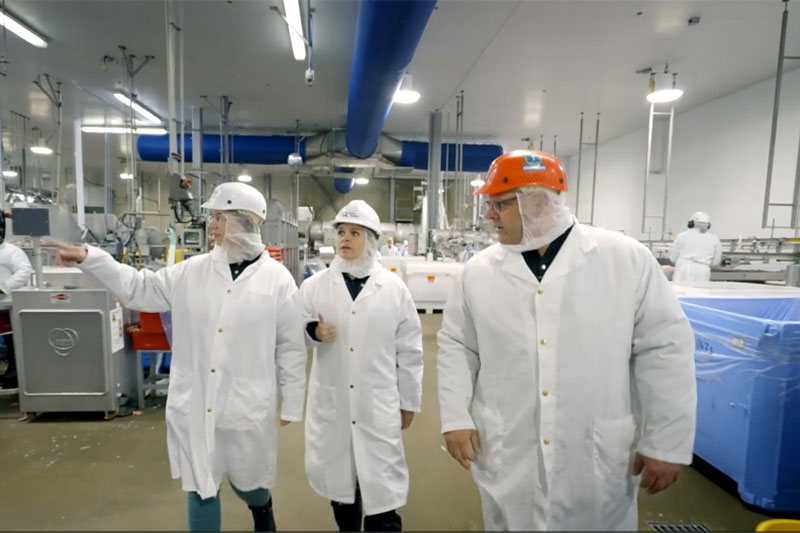Business customers homepage on the Hydro-Québec website
We’re here to support you through the energy transition
Join the hundreds of companies and organizations that have already begun to decarbonize their facilities while taking advantage of the support and financial assistance provided by Hydro‑Québec.
Learn more about our offers and programs
Efficient Solutions
Install efficient equipment and benefit from financial assistance
Regardless of the nature of your activities or the size of your company or organization, we have more than 200 measures to choose from. You can opt for the ones that will help you meet your decarbonization objectives and benefit from financial assistance.
Learn more about our Efficient Solutions ProgramDemand Response (DR) Option
It pays to reduce your electricity use at the right time
In winter, when demand on the system is high, reduce your power demand during peak demand events and receive a credit on your bill at the end of the season.
Benefit from the Demand Response (DR) OptionA time period during which Hydro-Québec has determined that electricity demand will be very high. The maximum total duration of peak demand events per winter period is 100 hours.
Inspirational customer testimonials
Combining savings and performance—it can be done! Hundreds of companies and organizations are achieving significant recurrent savings with our offers and programs. Learn about the projects carried out in different sectors of activity and see just how far you can go when you have our experts on your side.

Kruger
Pulp and paper

duBreton
Food processing sector

City of Trois-Rivières
Municipal administration




